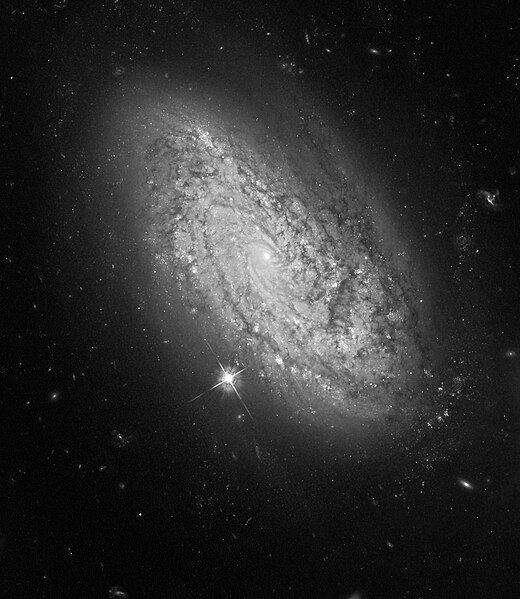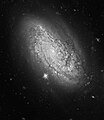Datoteka:NGC 3021 Hubble.jpg

Veličina ovog prikaza: 520 × 599 piksela. Ostale razlučivosti: 208 × 240 piksela | 416 × 480 piksela | 666 × 768 piksela | 888 × 1.024 piksela | 1.838 × 2.119 piksela.
Vidi sliku u punoj veličini (1.838 × 2.119 piksela, veličina datoteke: 1,75 MB, MIME tip: image/jpeg)
Povijest datoteke
Kliknite na datum/vrijeme kako biste vidjeli datoteku kakva je tada bila.
| Datum/Vrijeme | Minijatura | Dimenzije | Suradnik | Komentar | |
|---|---|---|---|---|---|
| sadašnja | 01:42, 1. lipnja 2009. |  | 1.838 × 2.119 (1,75 MB) | Friendlystar | {{Information |Description={{en|1=Less than 100 years ago scientists didn't know if the universe was coming or going, literally. It even fooled the great mind of Albert Einstein. He assumed the universe must be static. But to keep the universe from collap |
Uporaba datoteke
Na ovu sliku vode poveznice sa sljedećih stranica:
Globalna uporaba datoteke
Sljedeći wikiji rabe ovu datoteku:
- Uporaba na ar.wikipedia.org
- Uporaba na arz.wikipedia.org
- Uporaba na az.wikipedia.org
- Uporaba na be.wikipedia.org
- Uporaba na ce.wikipedia.org
- Uporaba na diq.wikipedia.org
- Uporaba na eo.wikipedia.org
- Uporaba na eu.wikipedia.org
- Uporaba na fa.wikipedia.org
- Uporaba na kk.wikipedia.org
- Uporaba na lb.wikipedia.org
- Uporaba na mk.wikipedia.org
- Uporaba na my.wikipedia.org
- Uporaba na nl.wikipedia.org
- Uporaba na pt.wikipedia.org
- Uporaba na ru.wikipedia.org
- Uporaba na sh.wikipedia.org
- Uporaba na sk.wikipedia.org
- Uporaba na sr.wikipedia.org
- Uporaba na tr.wikipedia.org
- Uporaba na tt.wikipedia.org
- Uporaba na uk.wikipedia.org
- Uporaba na uz.wikipedia.org
- Uporaba na www.wikidata.org


